Buying a home is a significant investment, and when it comes to property in Australia, it’s essential to be aware of common building defects that can arise. Understanding these defects and knowing how to address them can save homeowners time, money, and stress in the long run. In this blog post, we’ll explore some of the most prevalent building defects Resicert’s inspectors see in Australian homes and provide guidance on how to tackle them effectively.
Water Leakage
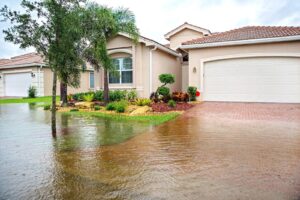
One of the most common building defects in Australian homes is water leakage. This issue can result from a range of causes, such as roof leaks, damaged or improperly installed plumbing, and poor drainage systems. Water leakage can lead to structural damage, mould growth, and a host of health issues.
How to Address It:
- Inspect your roof regularly for signs of damage or wear and tear.
- Ensure gutters and downpipes are clear of debris to facilitate proper drainage.
- Have plumbing systems checked periodically, and fix any leaks promptly.
- If you notice water stains or signs of moisture indoors, investigate the source and repair it promptly.
Cracking and Settling
Cracks in walls, ceilings, or foundations can be a common issue in Australian homes due to the country’s variable climate conditions. These cracks can appear as a result of settling, soil movement, or structural issues.
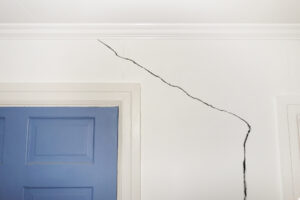
How to Address It:
- Monitor cracks regularly to identify any worsening or new developments.
- Consult a structural engineer or building inspector for a professional assessment.
- Depending on the severity, repairs may involve patching, sealing, or even underpinning the foundation.
Termite Infestations
Termites are a persistent threat to Australian homes, and their presence can lead to extensive damage to wooden structures. Unfortunately, these pests often go unnoticed until significant damage has occurred.
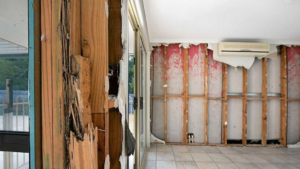
How to Address It:
- Schedule regular termite inspections with a Resicert-licensed building and pest inspector.
- Use termite-resistant building materials when constructing or renovating your home.
- Maintain proper ventilation and moisture control in crawl spaces to deter termites.
- Dampness and Mould
Dampness and mould growth are common in humid Australian climates. These issues can affect indoor air quality and pose health risks to residents.
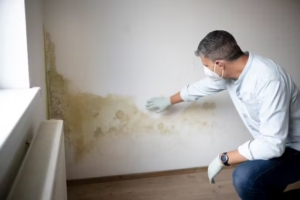
Poor Insulation
Inadequate insulation can result in uncomfortable living conditions and higher energy bills, especially during extreme weather conditions.
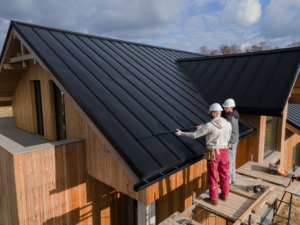
How to Address It:
- Consider retrofitting insulation in your home, particularly in the roof and walls.
- Invest in energy-efficient windows and doors.
- Seal gaps and cracks to prevent drafts.
Conclusion
Owning a home in Australia comes with its unique challenges, including the common building defects discussed in this article. Regular maintenance, proactive inspections, and timely repairs can help address these issues and protect your investment. Remember that professional advice and assistance are essential when dealing with severe defects or structural problems. By staying informed and taking a proactive approach, you can ensure your Australian home remains a safe and comfortable place to live for years to come.






